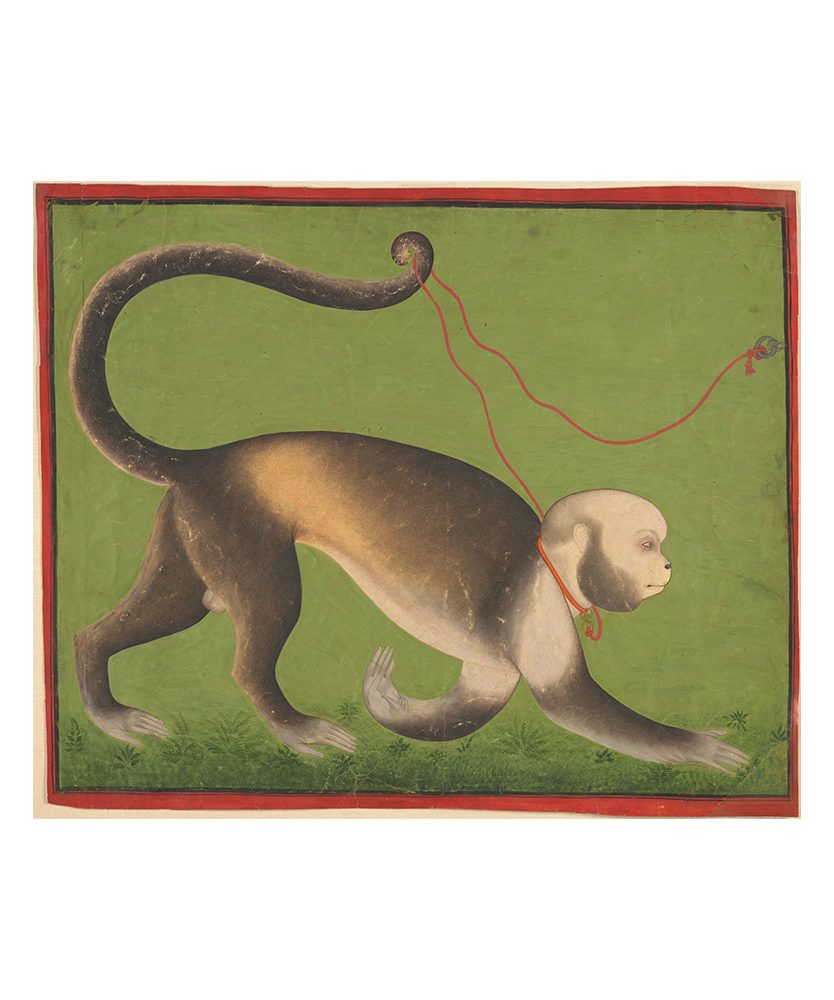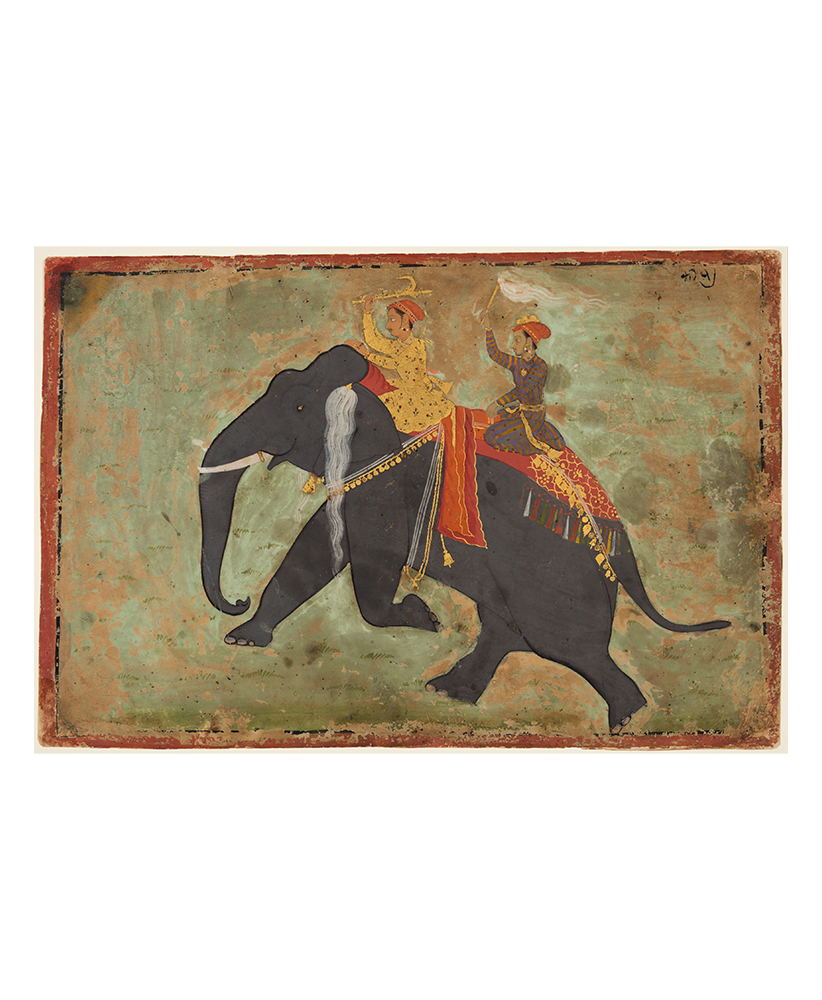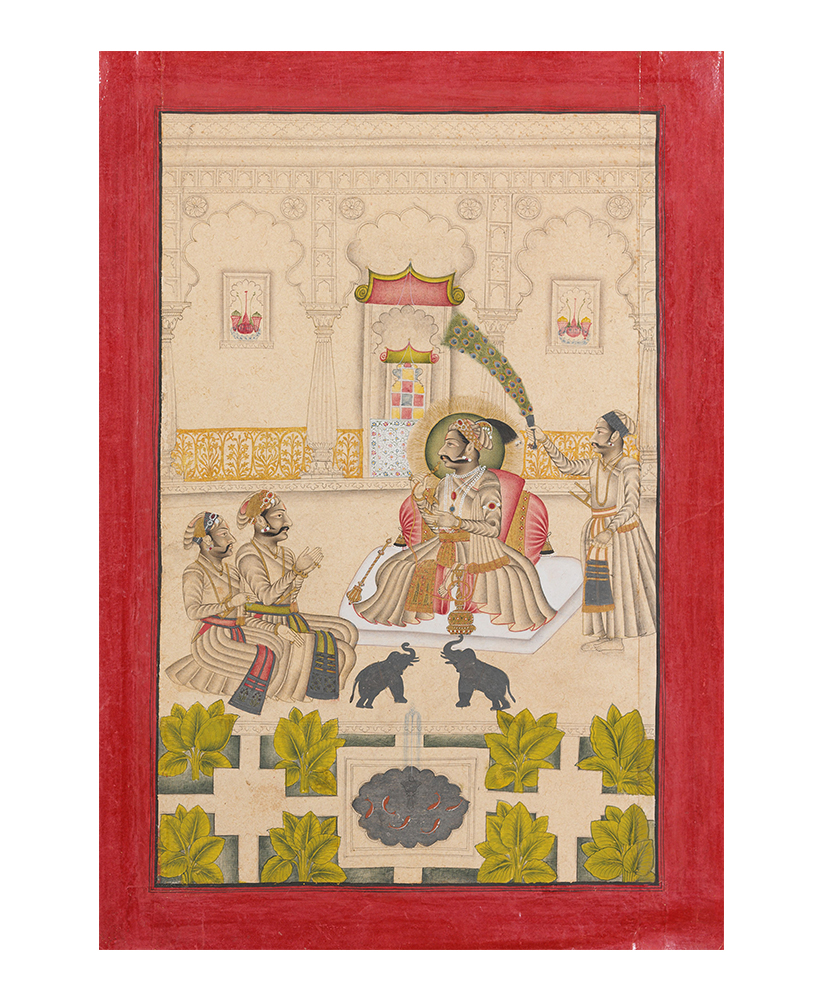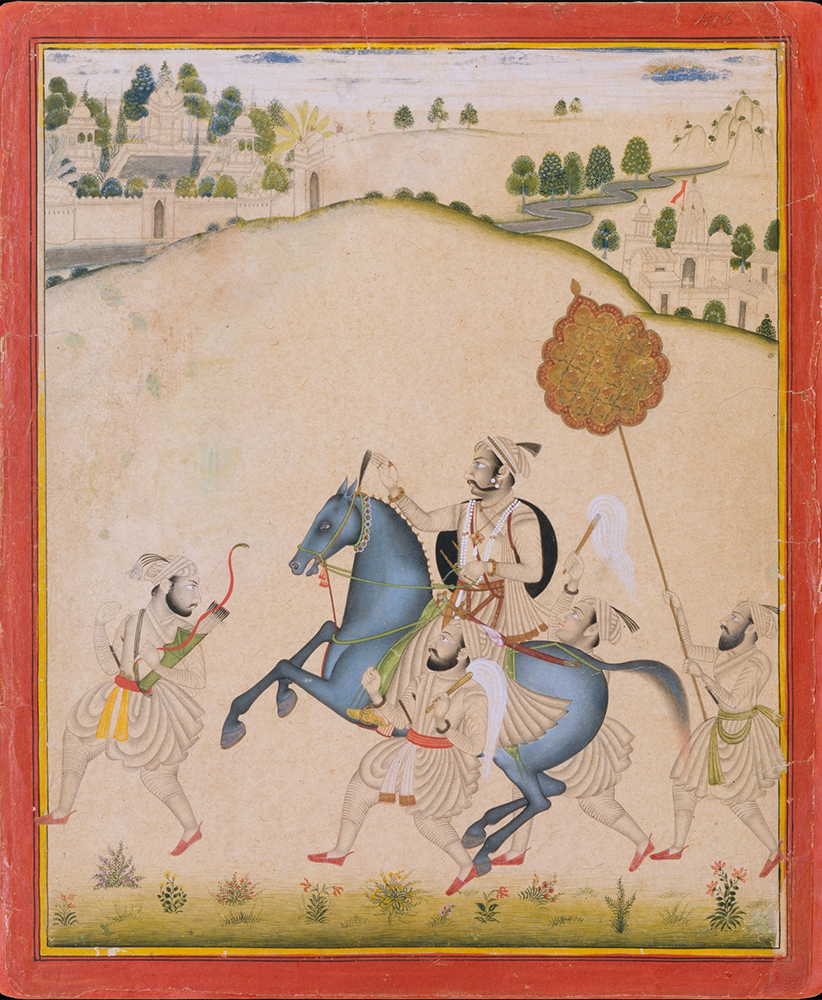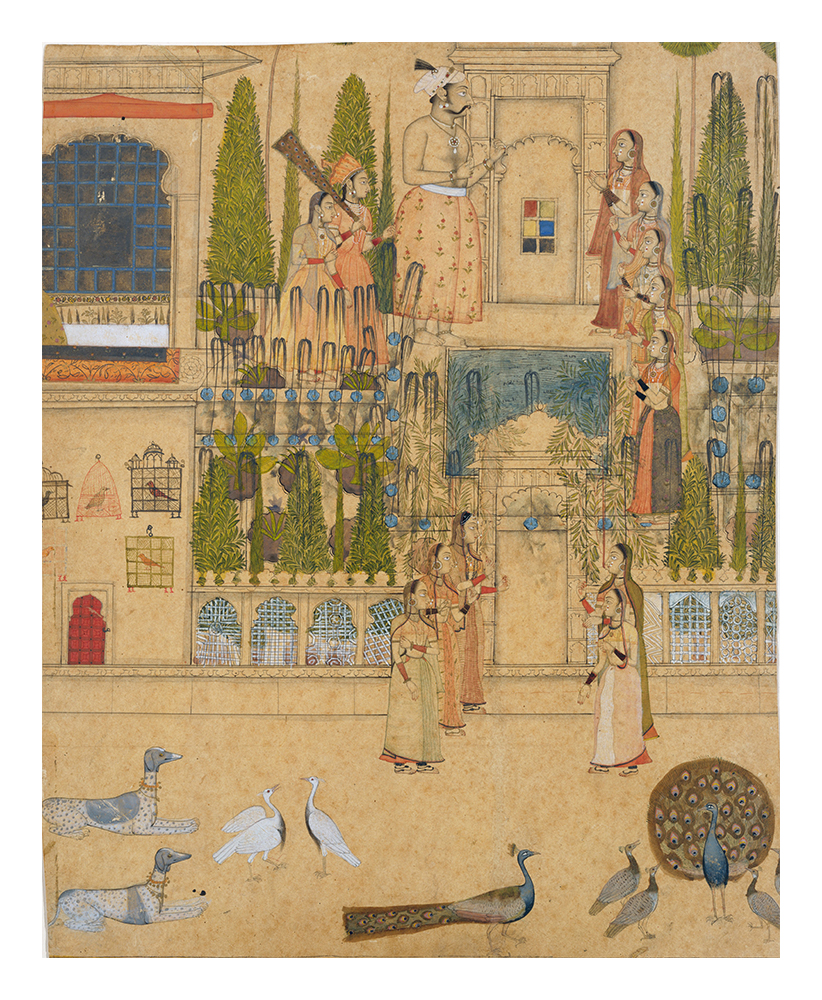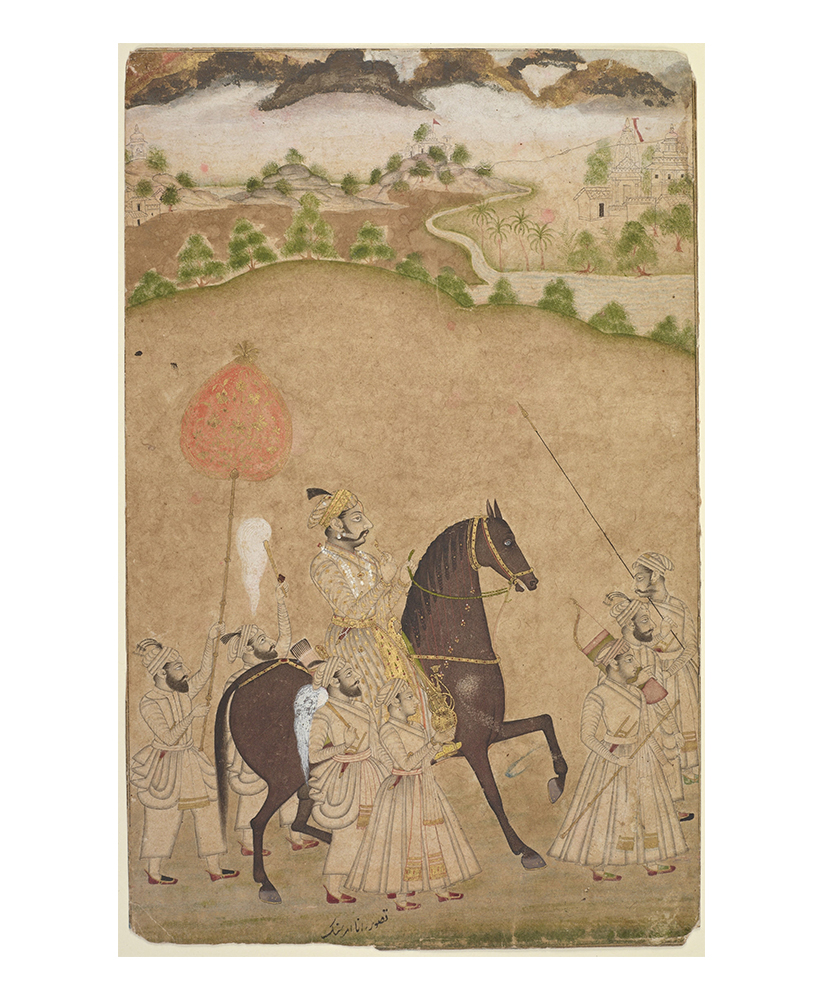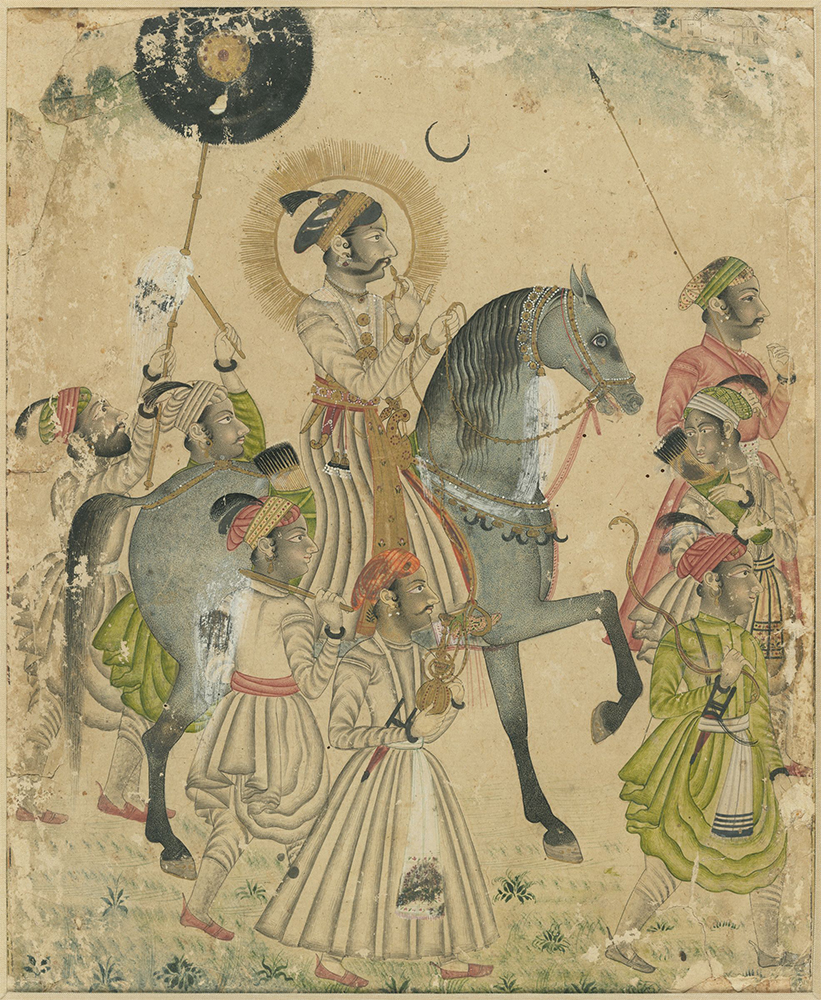ARTICLE
Stipple Master
The Stipple Master’s aesthetic went on to become the dominant style of Mewar in subsequent decades. He appears to have developed a reputation as a portrait artist, producing hunting scenes and equestrian portraits as well as depictions of Amar Singh at leisure. Unlike his predecessors at the court of Udaipur, the Stipple Master’s renditions of his patron were naturalistic, sensitive to the latter’s changing facial features over the years. After Amar Singh’s death, the Stipple Master continued to work for his son Sangram Singh, who ascended the throne in 1710. The Stipple Master retired or died in around 1715.
Bibliography
Glynn, Catherine. “The ‘Stipple Master’.” Artibus Asiae Supplementum 48 (2011): 515–30.
Guy, John, and Jorrit Britschgi. Wonder of the Age: Master Painters of India, 1100–1900. New York: New Haven [Conn.]: Metropolitan Museum of Art; Distributed by Yale University Press, 2011.
Topsfield, Andrew. Court Painting at Udaipur: Art under the Patronage of the Maharanas of Mewar. Artibus Asiae 44. Zurich: Artibus Asiae Publishers; Museum Rietberg, 2001.





